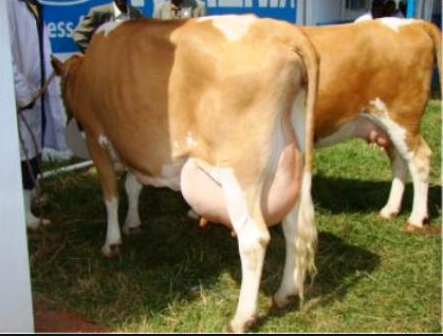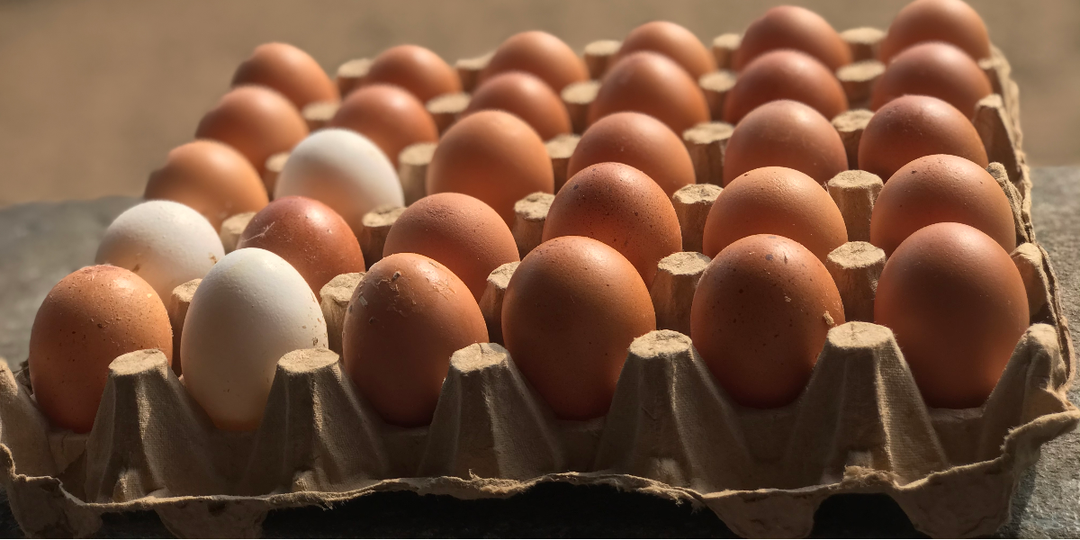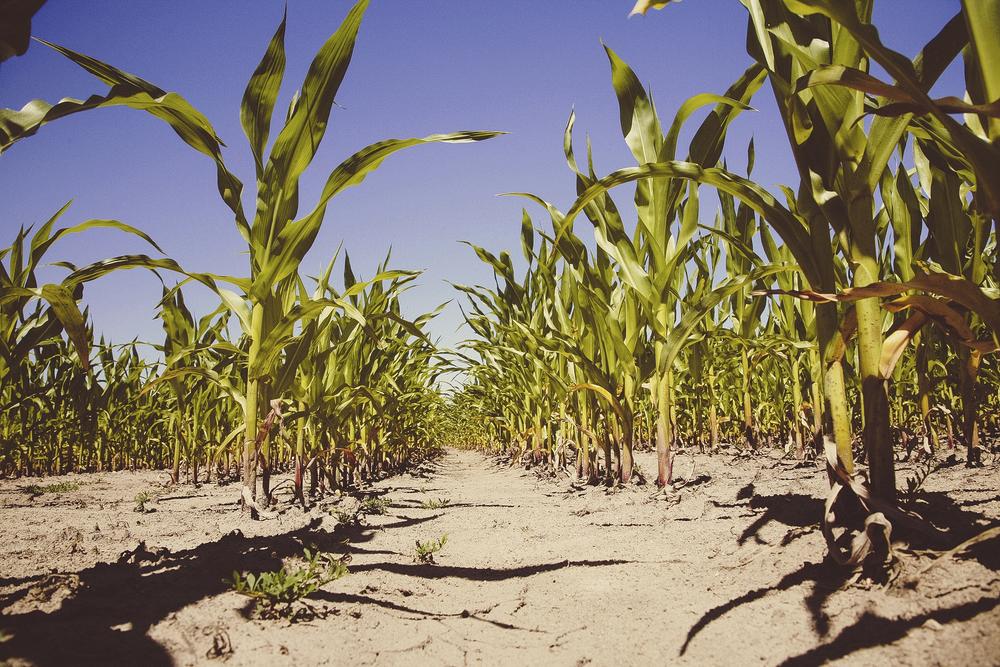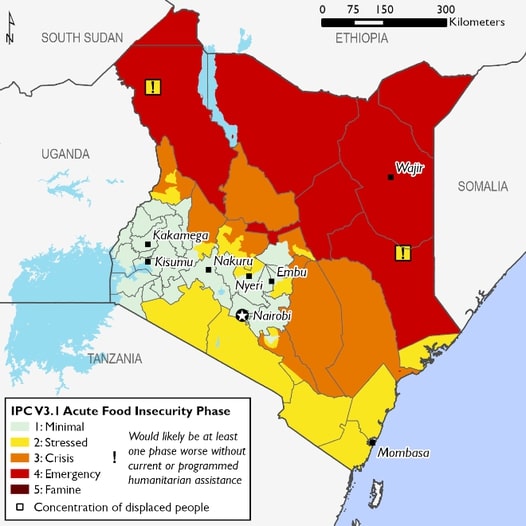
A farmer in Nyamira County farmer has increased his milk yield three-fold by crossbreeding local and exotic cattle after shunning tea farming, which is the dominant activity in his Nyankongo Village.
Because he never had enough capital to buy high milk yielding exotic breeds at once, Patrick Nyauma decided to uplift his local animals through artificial insemination (AI) three years ago.
Two of the three cattle were giving a total output of five to six litres a day depending on how much they were fed. The milk was for domestic consumption.
The upgrade with Arshire and Friesian semen has enabled three cows to yield at least 30 litres per day, a change he calls “phenomenal improvement”.
Related News: Digicow app connects over 20,000 farmers to extension workers
He sells 25 litres to two local hotels at Sh30 per litre, accumulating to a gross income of Sh22,500 every month.
“I have a quarter of napier grass to supplement ordinary grass in the rotational grazing paddocks. Even with buying of napier grass, I never miss a net profit of between Sh9,000 and Sh13,000 every month,” he said.
Given that the hybrids are based on local breeds, the cows easily adapt to the highland climate, therefore, reducing the cost of controlling low temperature diseases.
Nyauma, who is an animal health officer, administered the AI. The hybrids are tolerant to diseases, a characteristic typical of native cattle.
They are better direct grass grazers, whose milk quality and quantity has been uplifted.
“I do not intend to sell the calves. I will continue upgrading them to get the best hybrid. I started small, I need not remain there; I will move out gradually,” he said.
Cows may delay in being on heat because of ill health, imbalanced diet, stress, among other reasons.
One of his heifers was in the same situation in 2015, therefore, it could not be served.
“I injected the heifer with hormones and after a while it was on heat. I observe heat signs with a lot of care to ensure accuracy of service. Mucosal discharge is one of the best pointers of ripe time for serving the cows,” he says.
Related News: Dual purpose Fleckvieh cow offers mastitis resistance & improved production
Related News: Narok farm breeds Sahiwal for arid farmers seeking high producing cows
Infections like ovarian cysts and fibroids can reduce the chances of cattle being on heat.
University of Nairobi animal health expert, Dr Johnson Nasimolo, says balanced diet is key in boosting a cow’s demand for AI.
In delayed heat cases, farmers must ask veterinarians to diagnose and recommend appropriate corrective measure.
Commercial feeds have balanced rations of the required proteins, carbohydrates, minerals and other important components.
Write comment (0 Comments)

















